Buildings are rooted in a simple function-providing shelter-and conservatories do just that. Originally built as windowed wood structures designed to protect delicate greenery from European winters in the 17th century, conservatories have blossomed into works of art in their own right, thanks to a combination of impressive engineering feats and innovative architectural design. In the new book The Conservatory: Gardens Under Glass (Princeton Architectural Press, $60), authors Alan Stein and Nancy Virts, founders of design firm Tanglewood Conservatories, examine the development of conservatories from their humble roots to their global expansion as awe-inspiring glass palaces to the avant-garde structures crafted by top architects today.
“Occasionally in history, there is a fortuitous confluence that brings together the potent and energetic streams of capability, creativity, opportunity, fashion, and desire,” writes Richard Barley, director of horticulture, learning, and operations at the Royal Botanic Gardens, Kew, in the foreword to the book. “Fueled by the fluid forces of ambition and aspiration, the projects in this book represent exactly such a confluence.”
Here, take a peek at some of the best conservatories from its pages.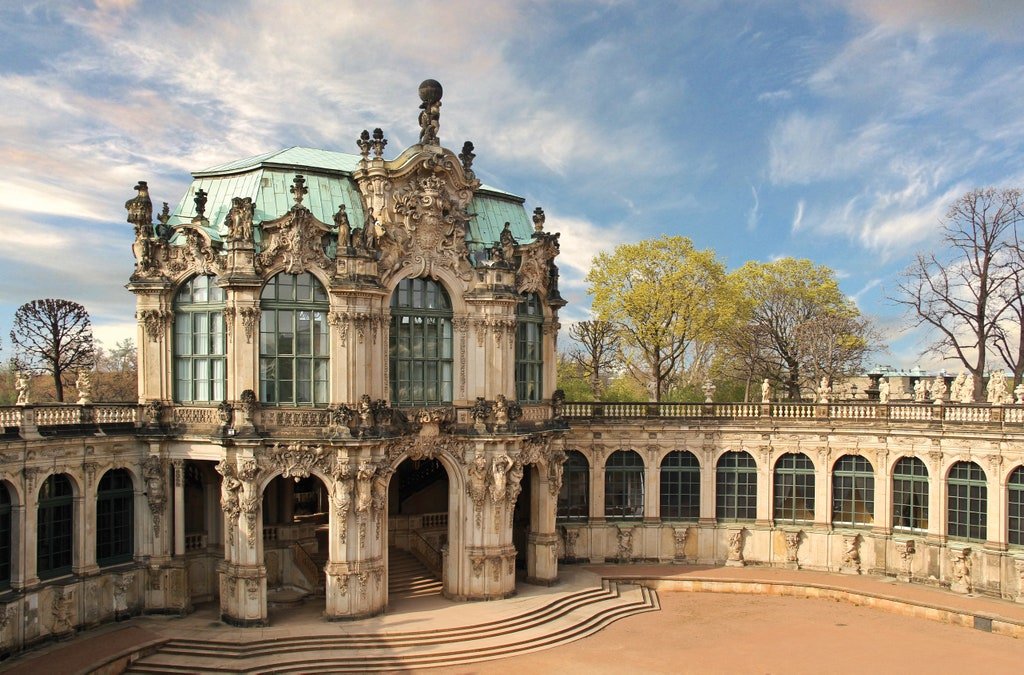
The orangery at the baroque palace Zwinger in Dresden, Germany, built in 1709 under the rule of Frederick Augustus the Strong, was inspired by the orangery at Versailles. Orangeries were a precursor to conservatories, designed as a combination of masonry and glass windows to house-you guessed it-orange trees. Photo: Alan Stein
Many architectural historians consider the Syon Park Conservatory, also known as the Great Conservatory, outside London to be the first true conservatory, where glass and metal begin to take priority over masonry. It was completed in 1830, just before the Victorian era, when conservatory architecture took off. Photo: Alan Stein
The interior of Syon Park Conservatory demonstrates impressive engineering prowess, particularly in the main dome. Photo: Alan Stein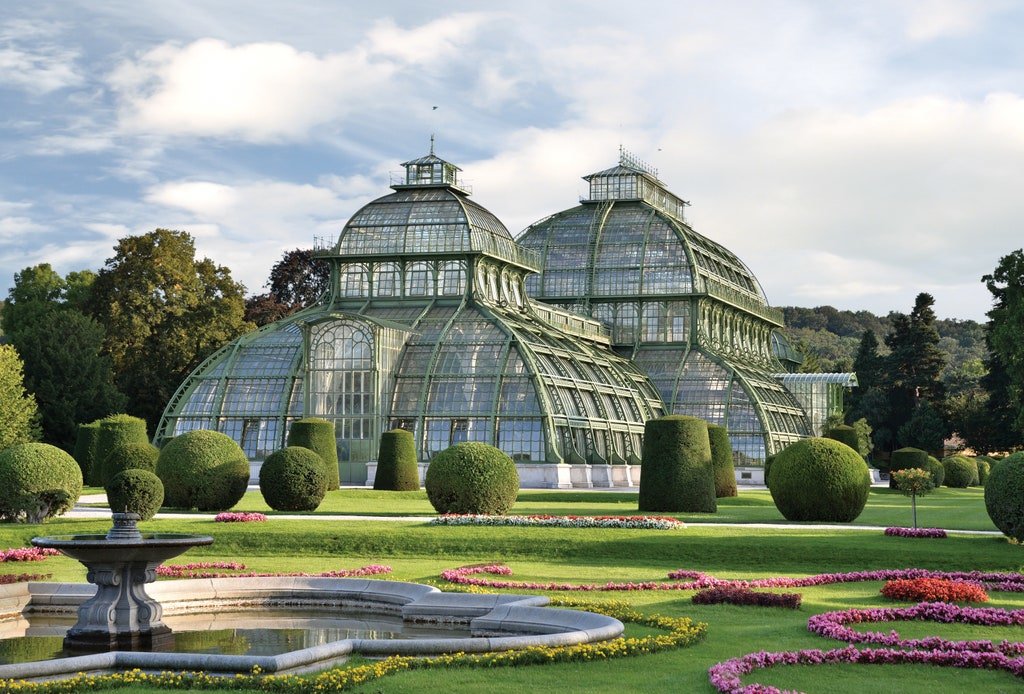
After the glass palace boom in England, the European continent joined the trend with works like the Schönbrunn Palace Park conservatory in Vienna, completed in 1882. Photo: Alan Stein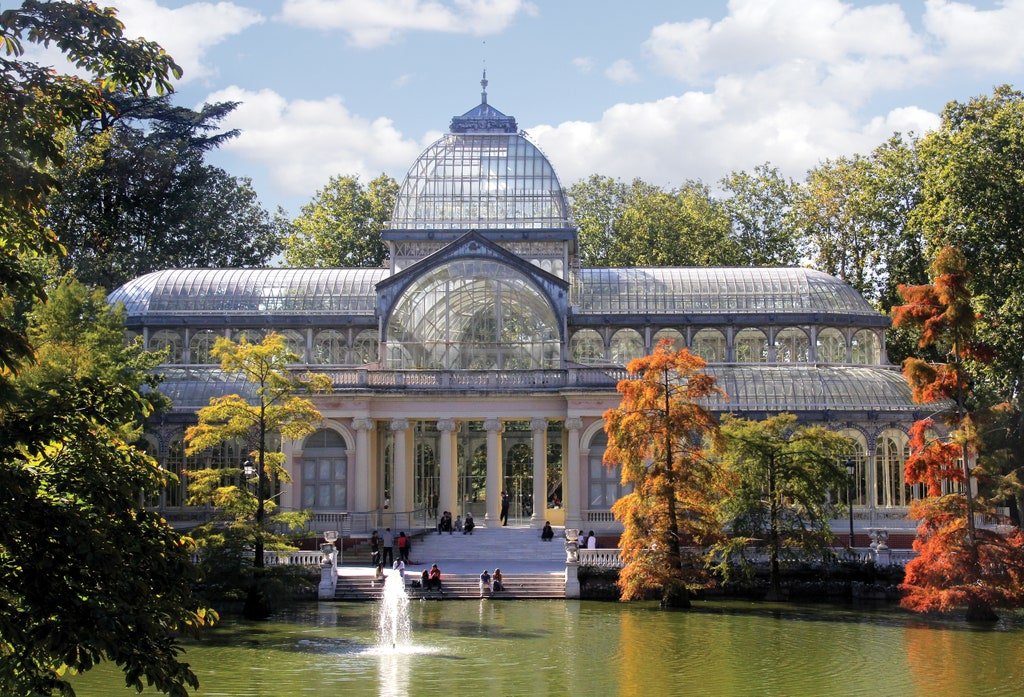
Inspired by London’s long-lost Crystal Palace, which burned down in 1936, the Palacio de Cristal in Madrid was built to house plants from the Philippines, which was a Spanish colony when the structure was built in 1887. Photo: Alan Stein
Like the orangeries before them, some conservatories are part of private homes, such as the Winter House at the Biltmore Estate in Asheville, North Carolina, completed in 1895. Photo: Courtesy of Carol M. Highsmith Archive (Library of Congress)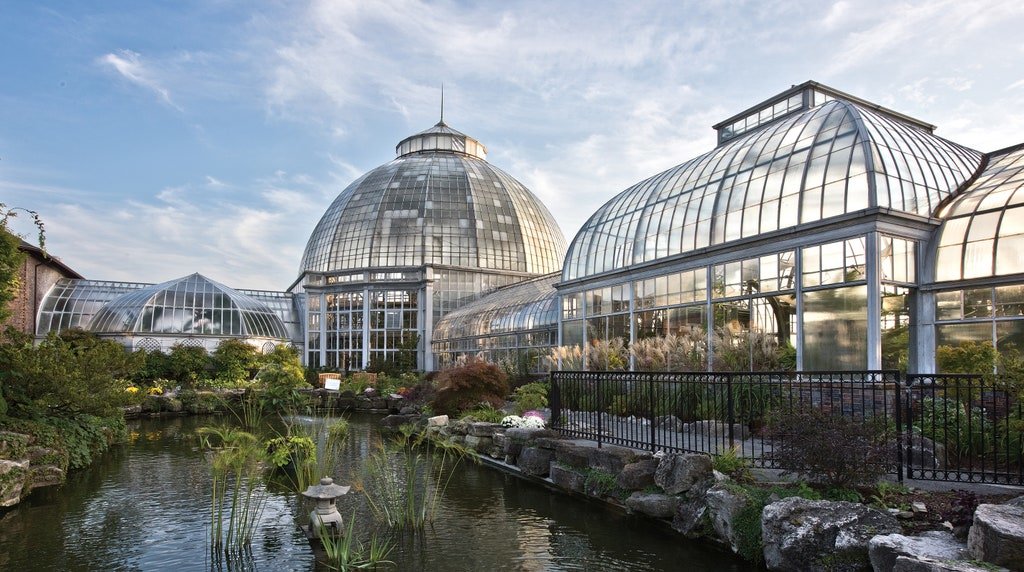
Though architect Albert Kahn was best known for his concrete constructions, he also designed the Belle Isle Conservatory, formally called the Anna Scripps Whitcomb Conservatory, in Detroit. It was completed in 1904. Photo: Alan Stein
Longwood Gardens in Kennett Square, Pennsylvania, has 4.5 acres of greenhouses, including this Main Conservatory, completed in 1921. Photo: Alan Stein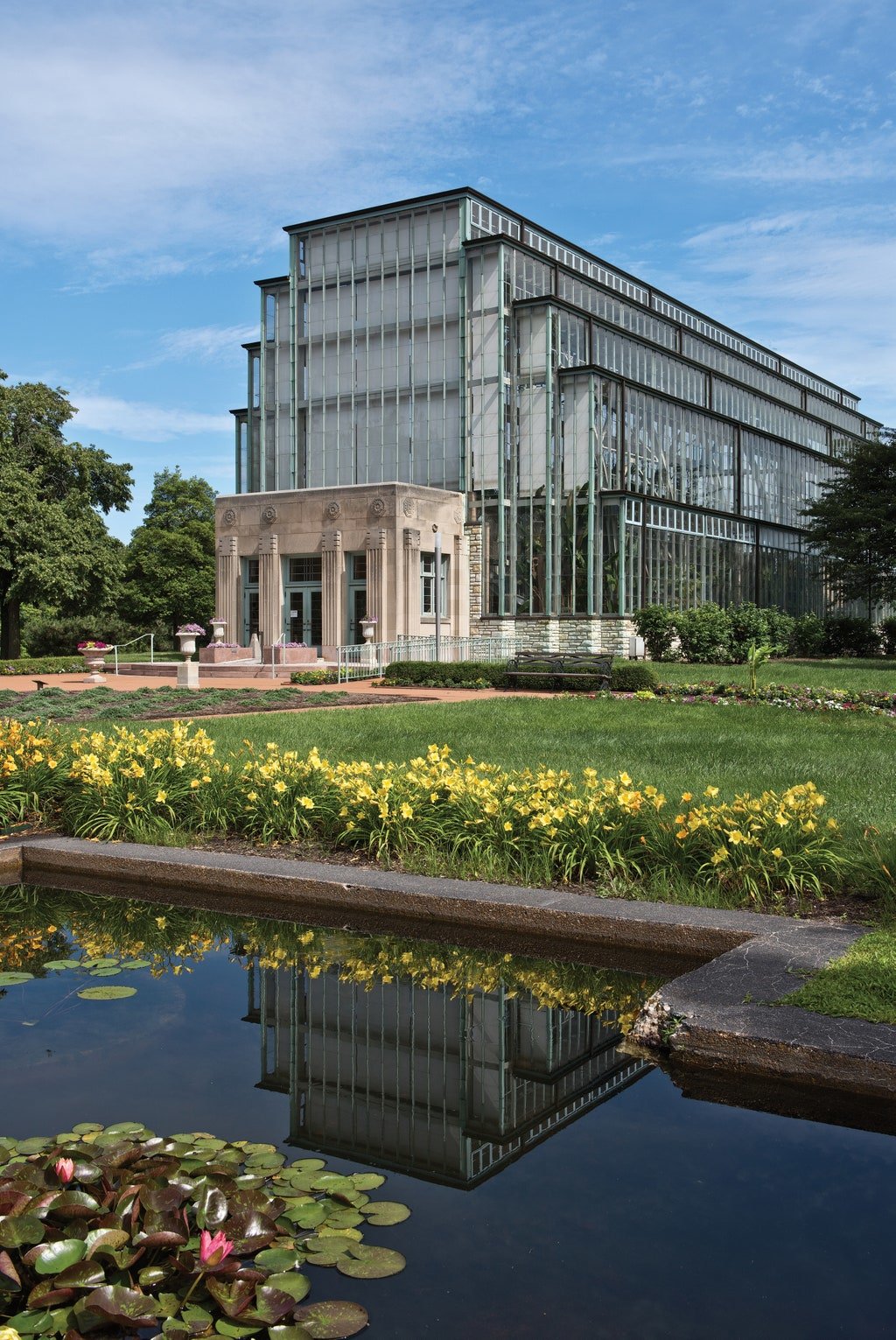
Built in 1936 as part of the Works Progress Administration, the Forest Park Conservatory in St. Louis moves away from the Victorian tradition with an Art Deco form. Photo: Alan Stein
The Parc André Citroën in Paris is home to two contemporary greenhouses constructed in the 1990s. Photo: Bewitch/Shutterstock.com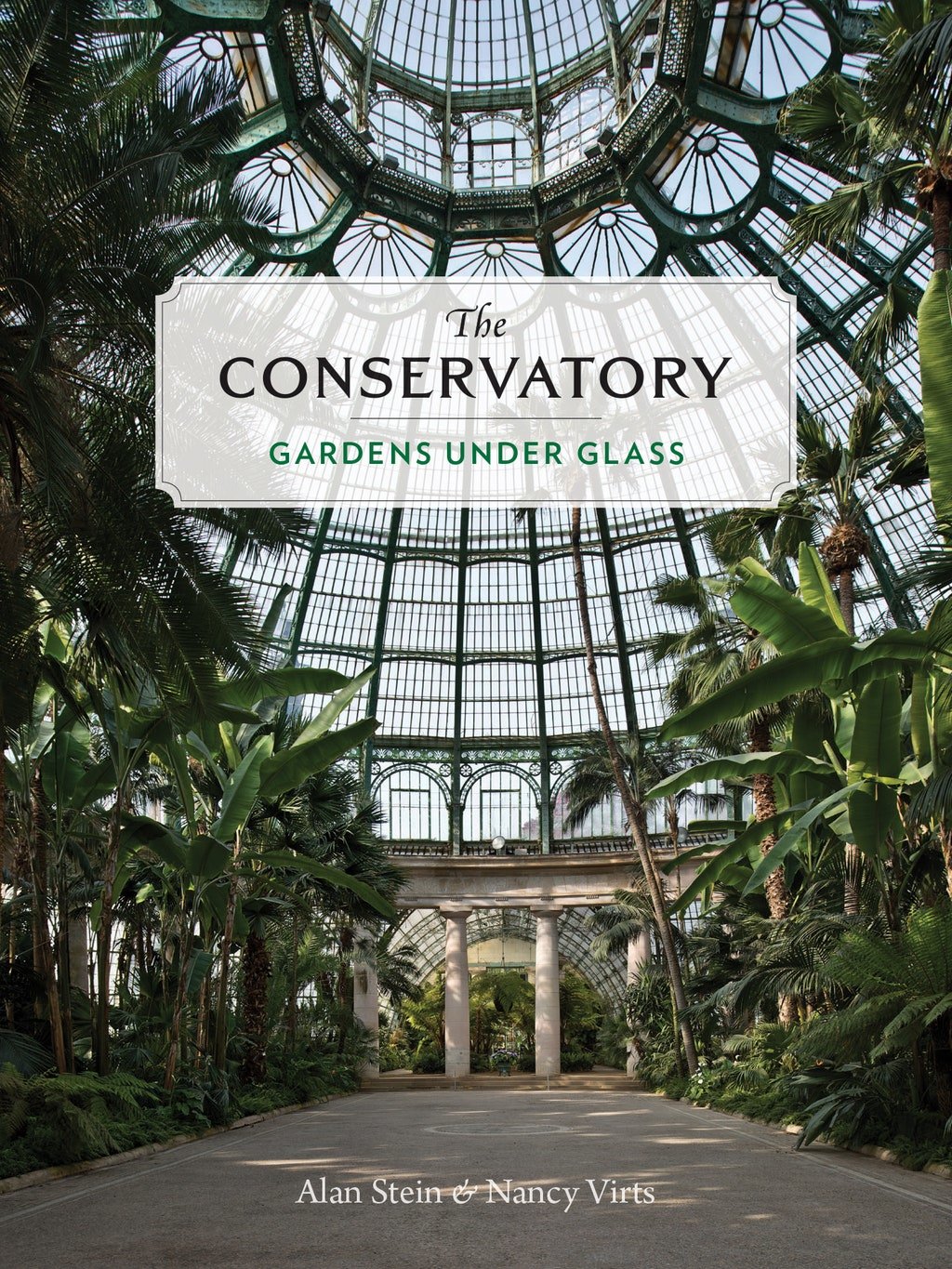
The Conservatory: Gardens Under Glass by Alan Stein and Nancy Virts. Photo: Courtesy of Princeton Architectural Press

Tropical Boho Homes With Beautiful Vignettes & Vistas
Two tropical boho home designs, featuring swimming pools, cozy lighting schemes, interior archways, natural accents, and beautiful decor vignettes.


![A Tranquil Jungle House That Incorporates Japanese Ethos [Video]](https://asean2.ainewslabs.com/images/22/08/b-2ennetkmmnn_t.jpg)









